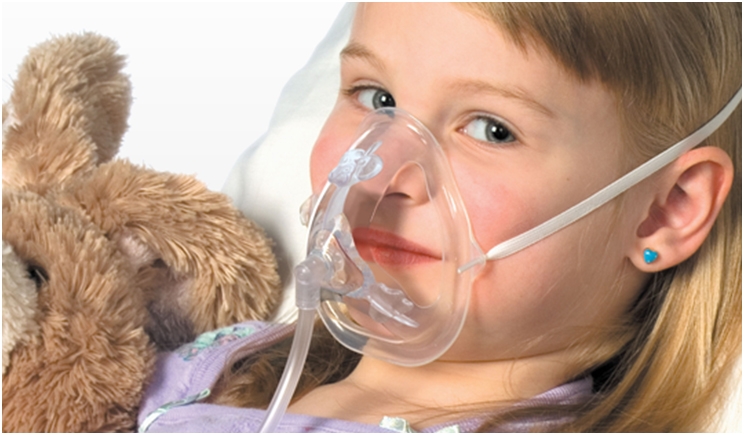
As a result of fatalities during dental treatment, dentistry is under attack. Offices that offer any form of anesthesia (including local anesthesia) or sedation services may face onsite inspections. But while stories about patients who die or who are harmed continue to make the nightly news and go viral on social media, root cause analyses of these events clearly show that applicable sedation and anesthesia guidelines were violated, often on many fronts.
Because of these violations, the public and government officials now are asking why they are happening and what kind of oversight is in place. Dentistry, then, has reached a critical stage. Either we must do a better job of policing ourselves, or we run the risk of some outside entity or agency doing it for us.
So what’s on the horizon when another incident happens at a dental office due to failures at many levels? Is the dental profession willing to take the chance that a medical association such as the American Society of Anesthesiologists (ASA) or the American Association of Nurse Anesthetists (AANA) might assume the oversight function of anesthesia and sedation services in dental offices?
Dentists should do everything they can to insulate themselves from these outside organizations. Recently, the ASA said that it “has witnessed a growing awareness of adverse events in dental office-based settings associated with sedation and/or anesthesia care—these events have continued to occur with unacceptable frequency.”
These groups would cherish the opportunity to end the “dentist-anesthetist,” also known as the operator/anesthesist. There is nothing wrong with this model when guidelines are followed and patients are selected correctly. However, some argue that a physician-anesthesiologist or a Certified Registered Nurse Anesthetist (CRNA) needs to administer the anesthesia while the dentist acts as the operator. Yet deaths have occurred in dental offices even with a physician-anesthesiologist present.
The Role of Inspections
Medical and sedation emergencies are a reality, and there will be some deaths. The area that needs improvement, though, is the thorough inspection and audit of the dental office. If the office is not prepared or certified, there will be breaches in patient safety. These breaches lead to failures, which lead to negative outcomes. A prepared office means everything within that facility is ready for an emergency, including the dentist and staff.
Dental office-based anesthesia (DOBA) inspections need to become a critical patient safety issue in dentistry. These inspections are specific to the type of anesthesia or sedation that is being used in each individual office. These customized audits are specialized for local anesthesia and/or nitrous oxide, pediatric sedation, minimal sedation, moderate sedation, and deep sedation/general anesthesia.
No matter which type of sedation or anesthesia is being used, inspections should always examine:
- Pesonnel qualifications and training
- Proper documentation
- The office’s suitability for sedation or anesthesia
- The presence of, training in, and use of “in date” emergency medications
- The presence and use of written emergency protocols
- The presence of, training for, and use of emergency equipment such as basic ventilation equipment and capnography
- Proper training through the use of simulated emergencies
DOBA inspections need to become a standard for dental offices. We also need sedation anesthesia medical emergency readiness inspections (SAMERIs), which would include personnel training, emergency medications and equipment, proper documentation, and simulated emergency readiness.
DOBA and SAMERI standards will insulate dentistry from outside entities that want to impose their agendas and guidelines on the profession. But there are no such nationwide standards right now, only state guidelines. Plus, dental offices should not be responsible for inspecting themselves, due to the potential for bias. State dental boards that do not have the manpower to maintain established criteria for these inspections and conduct them, however, can turn to independent third parties to do so.
Dental malpractice insurance companies don’t require office inspections, but they should take the lead in promoting DOBA and SAMERI practices among their clients. Doing so would help their insured dentists be more defensible if a negative outcome occurs in one of their dental offices.
Be Proactive
Medical emergencies happen. Dentists have to stop thinking that these tragedies can’t happen to them and start thinking that they can. Although other organizations can recommend office inspections, only dentists themselves can take charge and implement them. Dentists also need to be able to prove that such inspections have been performed in their offices, not as one-time events but every three years along with annual checkups, to show they haven’t been negligent in preparation if they are ever challenged.
You will not get a second chance to save a patient’s life.
Dr. Roberson obtained his DMD at the University of Mississippi School of Dentistry. He performed his residency in oral and maxillofacial surgery at the University of Cincinnati Medical Center. He is a dual-board certified oral and maxillofacial surgeon with board certifications from the American Board of Oral & Maxillofacial Surgery and the National Dental Board of Anesthesiology. He is a member of the American College of Oral & Maxillofacial Surgeons, American Dental Association, American Academy of Oral Medicine, American Academy for Oral Systemic Health, Mississippi Dental Association, and South Mississippi Dental Association. He can be reached at drjohnroberson@megagate.com.
Related Articles
Dental Offices Need Emergency Preparedness Standards
Seven Keys to Preventing More Patients from Dying from Dental Sedation
Try Communication, Not Sedation, in Pediatric Dentistry











